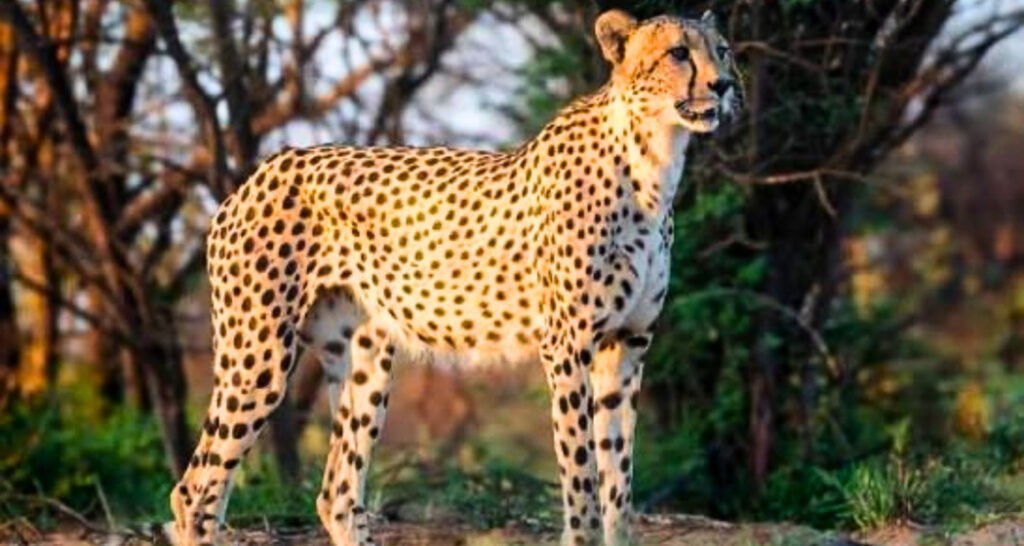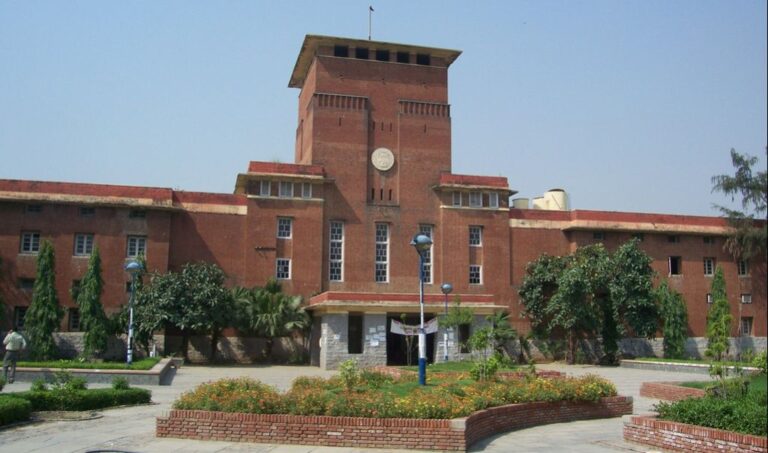
On September 18, 2025, India celebrated a milestone in its wildlife conservation efforts. Authorities released a female cheetah named Dheera into the wild at the Gandhi Sagar Wildlife Sanctuary in Madhya Pradesh. This release represents not only the latest success in Project Cheetah but also a historic step in diversifying cheetah habitats beyond Kuno National Park. For a country that lost its last cheetah in 1952, this event signals renewed hope in a decades-long struggle to bring back the world’s fastest land animal.
Dheera and the Vision of Project Cheetah
Project Cheetah began in 2022 when conservationists flew in eight cheetahs from Namibia and released them into Madhya Pradesh’s Kuno National Park. This marked the first intercontinental relocation of a large carnivore, making it one of the boldest conservation experiments in history. India’s goal was not only to reintroduce the species after seven decades of extinction but also to restore its lost ecological role as a top predator in grassland ecosystems.
Since then, authorities brought more cheetahs from Namibia and South Africa, bringing the total to over 20 individuals. The project has experienced both successes and setbacks, from the birth of cubs in Kuno to the unfortunate deaths of some animals due to infections, territorial fights, and difficulties in adapting to India’s climate.
Why Gandhi Sagar Wildlife Sanctuary?
Until recently, Kuno National Park served as the sole home of India’s cheetahs. However, conservationists warned that concentrating all individuals in one location could threaten the entire population due to disease outbreaks, habitat pressures, or prey shortages.
Authorities chose Gandhi Sagar, located in Mandsaur district, as the second site after extensive ecological studies. It covers over 368 square kilometers and offers ample grassland, prey species like chital and blackbuck, and a lower density of human settlements compared to Kuno. Before Dheera’s release, officials improved prey density, secured boundaries, and engaged local communities to ensure coexistence.
The name “Dheera,” meaning brave, carries symbolic weight. Her release marks the beginning of a multi-site strategy, crucial for the long-term survival of the species in India. Scientists will track her daily movements, hunting behavior, and adaptation to this new habitat using radio collars and camera traps. They hope her successful establishment will encourage the relocation of more cheetahs to Gandhi Sagar and beyond.
Challenges Facing India’s Cheetahs
Reintroducing a species after seven decades poses several challenges:
-
Climate and Adaptation: African cheetahs are used to open savannas. India’s harsher climate and fragmented habitats make adjustment difficult.
-
Mortality Risks: Several cheetahs in Kuno have died due to infections, territorial fights, and stress. Each death has sparked debate over whether the project is sustainable.
-
Human-Wildlife Conflict: India hosts one of the highest human population densities in the world. Encounters between cheetahs and livestock farmers remain a long-term risk.
-
Scientific Criticism: Some ecologists argue that India should prioritize conserving existing endangered species, like the Great Indian Bustard, instead of reintroducing cheetahs.
Despite these hurdles, the project has also shown promising signs. Cheetah births in Kuno demonstrated that reproduction is possible, and Dheera’s release expands the habitat range, reducing pressure on a single ecosystem.
Cheetahs serve as keystone predators. They maintain balance in ecosystems by regulating herbivore populations, which in turn supports healthier grasslands. Their return to India also carries deep historical and cultural meaning.
The Road Ahead for Dheera
The release of Dheera into Gandhi Sagar is the beginning of a new phase. Authorities plan to create multiple cheetah populations across central and western India, including sanctuaries in Rajasthan and Chhattisgarh. The goal is to establish at least three to four self-sustaining populations by 2030.
Community involvement will play a critical role. Conservation cannot succeed without local support, especially in regions where people depend on livestock and farming. Officials are developing education campaigns, compensation programs for livestock losses, and ecotourism opportunities to ensure that communities view cheetahs as allies rather than threats.
Dheera’s release into Gandhi Sagar Wildlife Sanctuary represents a milestone in India’s bold conservation journey. While challenges remain, ranging from adaptation and survival to community engagement, the project has already reignited global discussions on the possibilities of species reintroduction.
For more stories like this, stay updated with The World Times.



